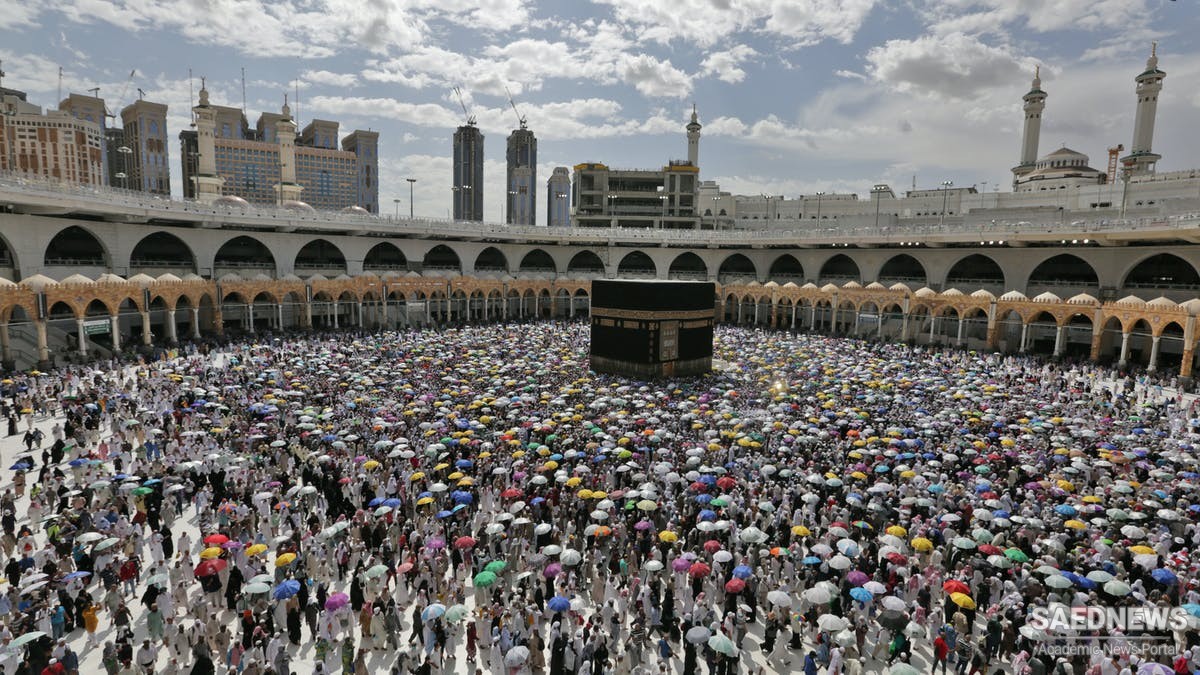Religious travel is not a new phenomenon. Religion has long been an integral motive for undertaking journeys and is usually considered the oldest form of non-economic travel. Every year millions of people travel to major pilgrimage destinations around the world, both ancient and modern in origin. Jackowski estimates that approximately 240 million people a year go on pilgrimages, the majority being Christians, Muslims, and Hindus. Religiously or spiritually motivated travel has become widespread and popularized in recent decades, occupying an important segment of international tourism, having grown substantially in recent years both in proportional and absolute terms. A continued increase in this market segment seems to be a foreseeable trend in the future as well. Increases in spiritually motivated travel have coincided with the growth of tourism in the modern era, and even though the industry and its “associated practices interact with religious life and the institutions of religion in virtually every corner of the world”, religious tourism is one of the most understudied areas in tourism research. This is particularly so when compared to other aspects of the tourism system and their associated markets. This is surprising because religion has played a key role in the development of leisure over the centuries and has influenced how people utilize their leisure time. As such, modern travel patterns and activities cannot be fully understood unless religion is also considered . Only recently have scholars, governments, and tourism agencies taken notice of the increasing numbers of religiously motivated travelers, or at least the increase in visitation to sacred sites in conjunction with the general growth of cultural and heritage tourism. This public interest has arisen mainly owing to the economic potential of religious tourists. As a result, venerated places are now being seen as tourism resources that can be commodified for travelers interested in cultural and historic sites. Mosques, churches, cathedrals, pilgrimage paths, sacred architecture, and the lure of the metaphysical are used prominently in tourism promotional literature, as evidenced in therecent marketing efforts surrounding the year 2000 and its millennial religious connotations. As a result of marketing and a growing general interest in cultural tourism, religious sites are being frequented more by curious tourists than by spiritual pilgrims, and are thus commodified and packaged for a tourism audience (Source:Tourism, Religion and Spiritual Journeys, Routledge).


 Who Is Allah the Lord of Islamic Religion and All Worlds?
Who Is Allah the Lord of Islamic Religion and All Worlds?














































